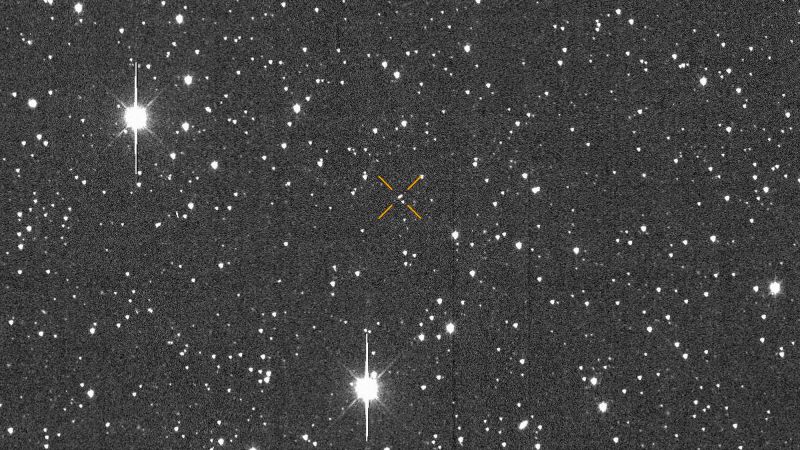In the exciting and ever-evolving field of astrophysics, the discovery of a newly identified asteroid, designated 2024 YR4, has stirred significant interest. Identified by NASA, this celestial body stands out due to it being classified as the riskiest asteroid detected to date. Current assessments estimate that there is a 3.1% chance of this asteroid colliding with Earth in 2032, as calculated by NASA, while the European Space Agency (ESA) has placed this figure slightly lower at 2.8%. This discrepancy is attributed to the different methodologies used by each organization to project the asteroid’s path and potential impact.
Historically, the numbers associated with 2024 YR4 have eclipsed those of the 2004-discovered asteroid Apophis, which previously had a 2.7% chance of colliding with Earth. This new finding places 2024 YR4 as one of the paramount prediction candidates in the last two decades regarding potential impact with our planet. Just as significant, NASA provided an update stating that a more recent observation indicated a reduced probability of 1.5% for a December 2032 impact, which reflects the dynamic nature of such assessments as new data becomes available.
Measuring an impressive 1,148 feet (350 meters) in width, Apophis was initially rated a 4 out of 10 on the Torino Impact Hazard Scale, suggesting that it required monitoring due to its potential for destruction if established to collide. However, scientists performed a detailed appraisal in 2021, leading to an adjustment in its hazard classification. In contrast, 2024 YR4 currently holds a rating of 3 on the Torino Scale—a designation hinting at localized destruction potential, should a collision occur, and estimates its size at 131 to 295 feet (40 to 90 meters).
The ESA notes that for asteroids over 30 meters, 2024 YR4 has achieved the highest impact probability and the longest duration of an impact probability over 1%. Scientists underscore that this increase in impact probability is a normal part of enhancing our understanding of the asteroid’s orbit. As observational data accumulates, uncertainties surrounding the asteroid’s trajectory will gradually diminish, potentially decreasing impact estimates.
Profoundly important to this narrative is Richard Binzel, a leading figure at the Massachusetts Institute of Technology and creator of the Torino Scale. He pointed out that 2024 YR4’s lower score of 3 signifies a potential for localized damage, as opposed to Apophis’ higher risk of regional impact. His development of the Torino Scale arose from a need to efficiently and accurately communicate the hazards posed by near-Earth objects.
Binzel discussed the concept further, explaining how uncertainties in preliminary orbital calculations yield collision probabilities. He indicated that public attention is warranted if an asteroid is less than a decade from a potential encounter. However, Binzel noted that fluctuations in impact probability are to be expected before any final assessments bring the calculations back down to zero.
Significantly, as astronomers hone in on measuring 2024 YR4’s orbit, they encounter challenges due to its small size and distant trajectory—potentially complicating predictions over the months and years. The asteroid is not expected to be visible again after its detection last December until June 2028, when it will make a harmless pass by Earth.
Employing various observational instruments, including plan for usage of the renowned James Webb Space Telescope in March, astronomers will further refine predictions about 2024 YR4 to derive its exact path and size. Binzel encapsulated this ongoing research by explaining that it is nature that ultimately holds the answer, and humanity must persist in its observation efforts to understand the fate of 2024 YR4. Such meticulous tracking embodies the essence of modern astronomical research, aiming to safely navigate the cosmic uncertainties that linger just beyond our atmosphere.



